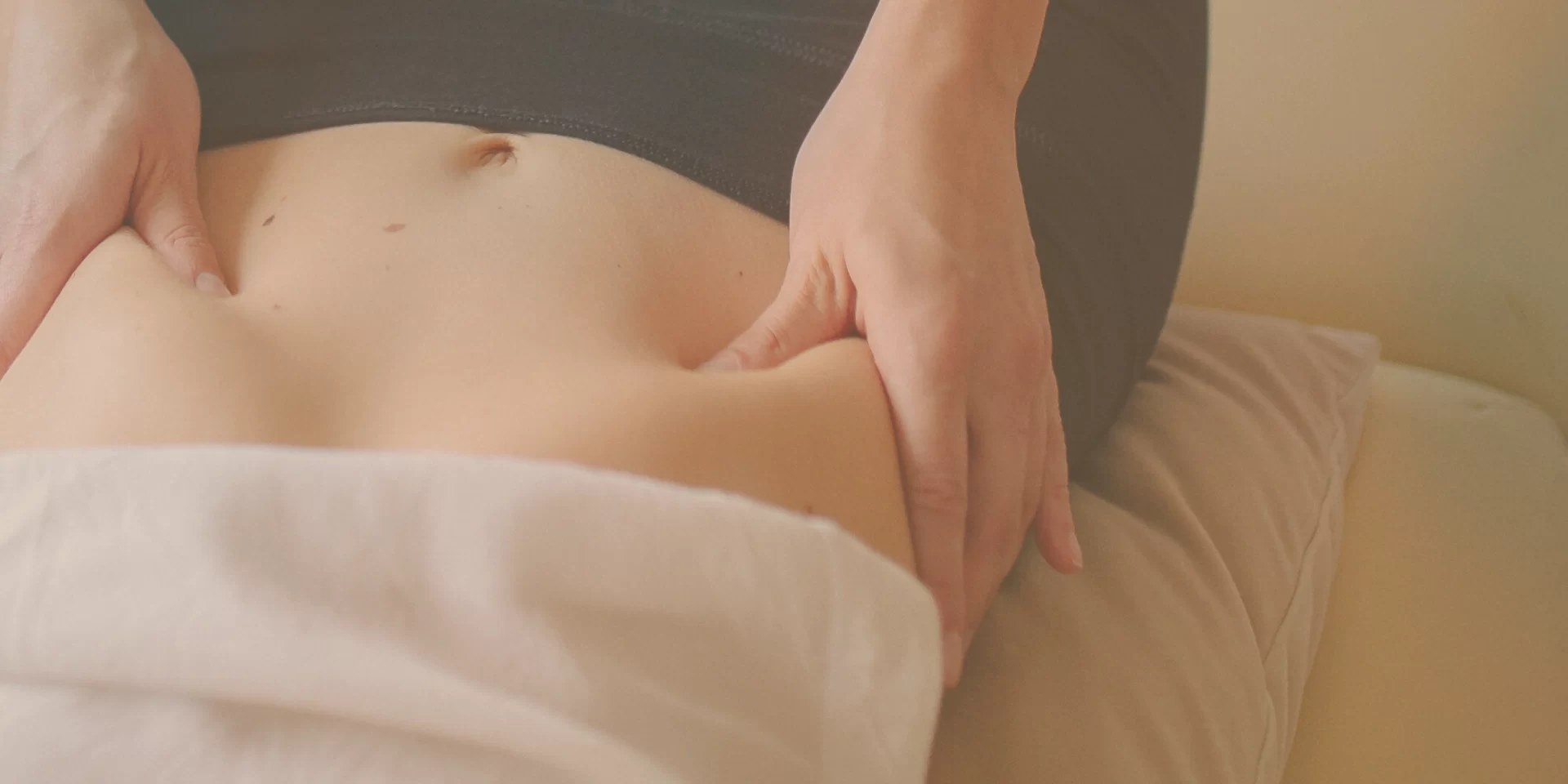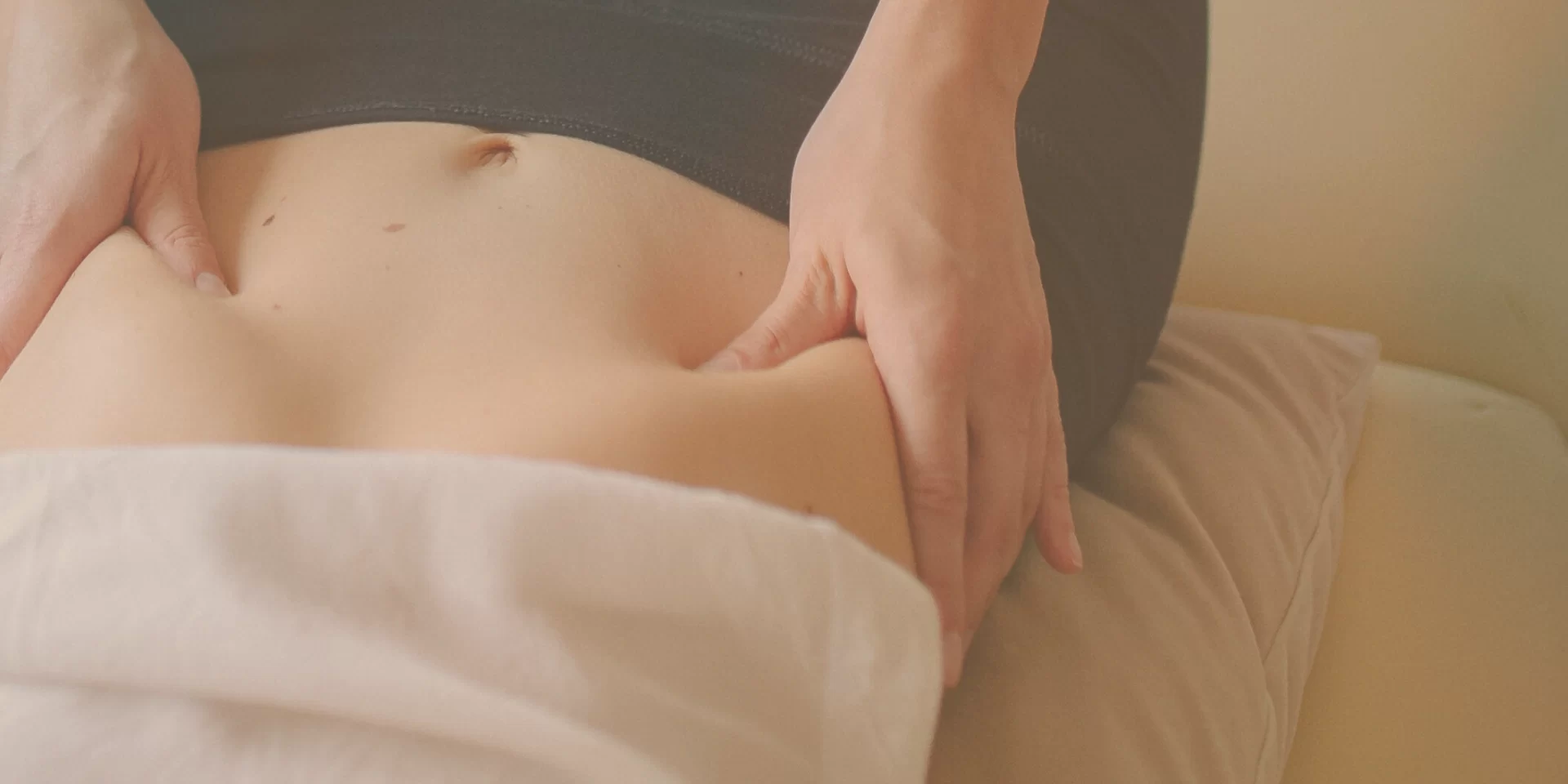
Visceral Manipulation singapore
What is Visceral Manipulation
Osteopathy
Not all clients come in with discomforts and symptomatic pains. Visceral Manipulation also serves to improve and maintain general organ health, vitality, metabolic function, and mobility.
All sessions are conducted in-person for 1 hour at SGD $185 per session. You may book a session here
WHAT TO EXPECT IN SESSIONS
Through neuromuscular feedback, I pick up on the ‘priorities’ that are to be dealt with that day. The client is supine / lying down for the treatment. Typically, towards the end of the session, I will be doing a series of tapping on the client, while the client takes a couple of deep breaths. This tapping and breathing process helps restore communication between the left hemisphere of the brain and the right hemisphere of the brain, as well as implement a ‘system reboot’ to the client’s body. When the session is over, I will inform the client, and run through a de-brief.

Neurotransmission And Self-Correction
The body has an intrinsic intelligence to self-heal. However, if a nerve around a restricted organ gets impinged, neurotransmission between the organ and the brain gets disrupted. To put it simply, this results in the brain not knowing how to correct or improve that organ’s metabolic functioning. Restrictions of an organ can also pull the surrounding tissues towards it. This could reflect and manifest itself as symptoms.
Treating The Root Cause
Visceral Manipulation is not a symptomatic, quick fix. Chronic problems cannot be solved if the focus of the treatment is squarely on the localised area of pain or discomfort. For example, sometimes a restriction in the kidney might show up as a lower back pain. Treating the back pain and easing tension in the back muscles would result in recurring back pain, as the source of the problem (the kidney) was not addressed.
Scar Tissue And Visceral Manipulation
When an inflammation occurs, such as a disease, an injury, or an emotional or physical trauma, scar tissues form. The concept of scar tissue is similar to the scabs on our skin. It is rigid and takes a different shape or pattern to what it had originally looked like prior to the inflammation. Unlike a scab, which falls off, the scar tissue remains in this position, storing the memory of the inflammation. This is how old injuries get triggered or re-
surface. The altered state of tissues can also impact the mobility of organs, resulting in restrictions that could sometimes manifest itself as spinal problems and pains.

Scar Tissue And Visceral Manipulation
The body has an intrinsic intelligence to self-heal. However, if an organ does not move freely, leading to a disturbed nerve, it impedes the communication between the organ and the brain, resulting in the brain not knowing how to correct or improve that organ’s metabolic functioning process. This is where the practitioner comes in – to encourage movement and ease any restrictions, bridging the connection between the affected areas and the brain by releasing the impingement on the nerves and blood vessels, resulting in a continual corrective process after the session.
However, not all clients come in with discomforts and symptomatic pains. Visceral Manipulation also works on clients who do not have pains, but wish to improve their general organ health, vitality, functioning, and mobility.
An Example Of Symptom VS. Root Cause
Visceral Manipulation is not a symptomatic, quick fix. Chronic problems cannot be solved if the focus of the treatment is squarely on the localised area of pain or discomfort. For example, sometimes a restriction in the kidney might show up as a lower back pain. Treating the back pain and easing tension in the back muscles would result in recurring back pain, as the source of the problem (the kidney) was not addressed.
Neurotransmission And Self-Correction
When an inflammation occurs, such as a disease, an injury, or an emotional or physical trauma, scar tissues form. The concept of scar tissue is similar to the scabs on our skin. It is rigid and takes a different shape or pattern to what it had originally looked like prior to the inflammation. Unlike a scab, which falls off, the scar tissue remains in this position, storing the memory of the inflammation. This is how old injuries get triggered or re-
surface. The altered state of tissues can also impact the mobility of organs, resulting in restrictions that could sometimes manifest itself as spinal problems and pains.